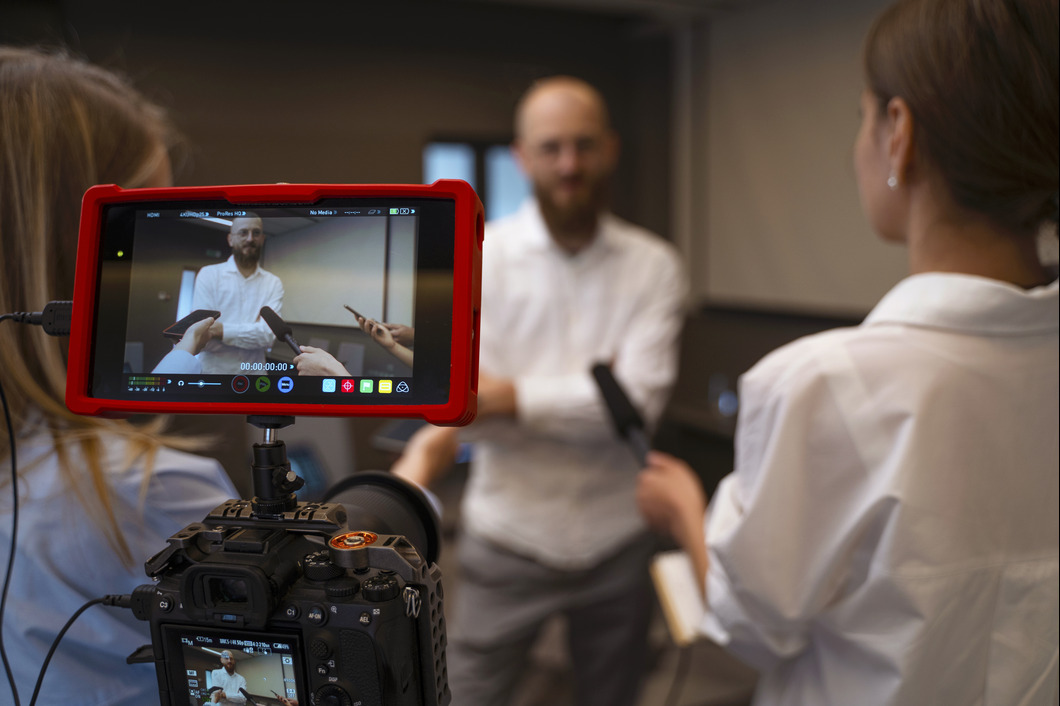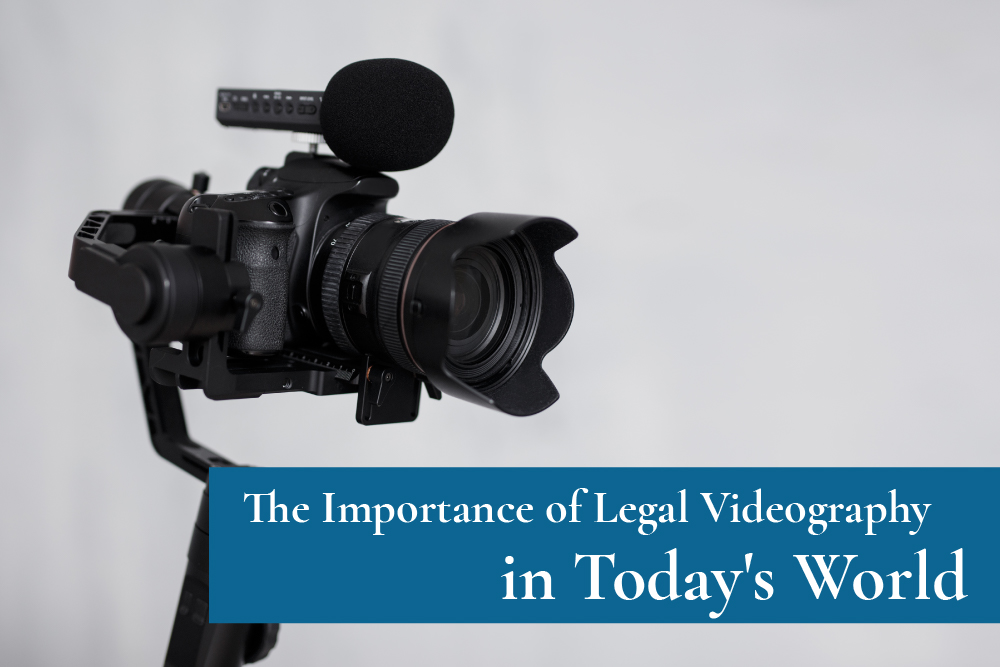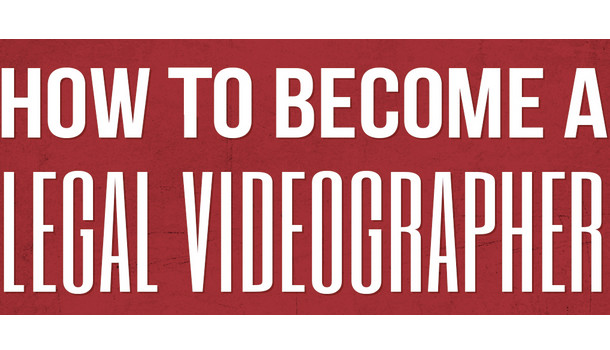Legal Videography: A Comprehensive Guide to Recording Depositions
Wiki Article
Important Elements of Lawful Videography for Effective Documentation
Legal videography plays a pivotal duty in the documentation of vital occasions within the justice system, where precision and quality are critical. Key facets such as the deployment of high-definition electronic cameras, adherence to lawful standards, and effective area scouting dramatically influence the top quality and integrity of the footage. In addition, a videographer's professionalism and interest to detail can considerably improve the evidentiary worth of the videotaped material. As we explore these necessary elements, it comes to be apparent that the nuances of this practice can have far-ranging ramifications for legal outcomes. What might those implications require?Value of Legal Videography
Lawful videography plays a critical role in the judicial procedure by giving a dependable aesthetic record of testaments, depositions, and various other substantial occasions. This aesthetic documentation serves a number of important functions, most especially boosting the credibility of evidence provided in court. Unlike created transcripts, video recordings record non-verbal cues, such as body language and emotional actions, which can significantly affect a court's assumption of a witness's dependability and truthfulness.In addition, lawful videography aids in preserving the integrity of complex cases, ensuring that nuances are properly represented. This comes to be specifically vital in cases involving professional testament, where aesthetic aids can elucidate elaborate concepts that might be testing to share via message alone.
Furthermore, using videography can improve test process. By enabling jurors to see recordings instead than relying only on real-time testimony, the process can come to be much more effective and much less prone to misconception.
Technical Demands
To properly catch high-grade video in a legal setting, details technical requirements have to be met. Most importantly, the selection of camera is vital; it needs to have high-definition capacities, ideally 1080p or higher, to make sure clarity in visual paperwork. Additionally, the video camera ought to have a reputable zoom feature to catch information from numerous distances without jeopardizing image quality.Lighting is another crucial element. All-natural light is preferred, but additional lights may be necessary to get rid of shadows and make certain all participants are sufficiently brightened (Legal Videography). Soft, diffused lighting can assist create a professional appearance while preventing rough contrasts

Lastly, stable recording devices is necessary. A tripod or various other stablizing equipment must be used to avoid unstable video, which might diminish the expertise of the documents. Meeting these technical needs will greatly boost the high quality and performance of legal videography.
Compliance and Legal Requirements
In the world of legal videography, adherence to conformity and lawful criteria is critical to ensure the stability and admissibility of recorded materials in court process. Lawful videographers must be skilled in the pertinent laws and guidelines governing the documents of evidence. This consists of comprehending the policies of proof, which dictate how video recordings can be made use of in court, along with privacy legislations that shield the legal rights of people caught on video.Additionally, videographers ought to acquire appropriate authorization from all events included in the recording process. This not only fosters transparency yet likewise safeguards versus possible lawful repercussions. Conformity with state-specific guidelines is similarly important, as the legal landscape differs considerably throughout jurisdictions.
Additionally, preserving high requirements of technical quality is necessary, as poor sound or visual top quality can lead to obstacles relating to the trustworthiness of the footage. Videographers should likewise keep thorough documents of the chain of safekeeping for all video clip products, making sure that they can show the authenticity and honesty of the recordings if examined in court. In essence, compliance with lawful standards forms the foundation of reliable and efficient lawful videography.
Ideal Practices for Videographers
Following compliance and lawful criteria establishes a solid foundation for effective lawful videography, however finest methods even more boost the quality and dependability of documented products. Firstly, videographers must make use of high-grade devices, consisting of video cameras with sufficient resolution and audio recording tools that decrease history noise. This ensures quality in both aesthetic and auditory aspects, which is vital for legal documentation.Second of all, proper lights is important to prevent shadows or too much exposure, therefore maintaining the stability of the video footage. Videographers ought to hunt the place in advance to figure out optimum lighting problems, readjusting as needed.
Furthermore, careful framework and structure are crucial. Subjects ought to be centered within the structure, and any appropriate Get More Info products or exhibits ought to be plainly visible. This not only help in clearness yet also helps in communicating context during legal proceedings.
In addition, preserving a neutral demeanor and preventing personal prejudices while recording improves the expertise of the videographer. Interest to detail in editing, consisting of seamless shifts and clear labeling of documents, makes certain that the last item is not just sleek however also easy to navigate for lawful teams. Abiding by these finest practices eventually supports the goals of legal paperwork.
Enhancing Evidentiary Value
Enhancing the evidentiary value of legal videography needs a tactical strategy that focuses on both credibility and clarity. Legal videographers need to make sure that the video clip documentation properly reflects the statements, conditions, or events being recorded. This begins with the choice of high-grade tools that records clear audio and visual elements, minimizing distortion or interference that might threaten reliability.
In addition, careful attention to information is paramount. Videographers should develop a stable video camera placement, use proper lighting, and stay clear of any kind of unnecessary edits that can be viewed as altering the initial content. Read More Here Keeping a neutral viewpoint throughout recording aids maintain the credibility of the evidence.
In addition, appropriate documents of the recording process-- including date, time, place, and any type of appropriate contextual information-- can dramatically boost the evidentiary weight of the video. This metadata functions as a vital reference point for credibility.

Verdict

Lawful videography plays a pivotal duty in the documents of important occasions within the justice system, where accuracy and quality are vital.In the realm of legal videography, adherence to compliance and legal criteria is paramount to guarantee the integrity and admissibility of taped products in court proceedings. Legal Videography. In essence, conformity with legal criteria creates the foundation of trusted and reliable lawful videography
Adhering to compliance and legal criteria develops a strong structure for effective lawful videography, but ideal methods further boost the Going Here quality and reliability of recorded materials.In verdict, the value of lawful videography lies in its capability to supply clear, trusted documentation for lawful procedures.
Report this wiki page